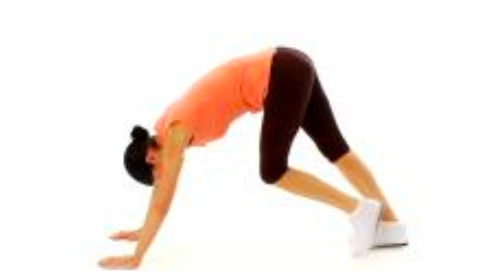A muscle spasm is often described as a painful involuntary muscle contraction that can suddenly occur and interrupt exercise. This is known as “exercise associated muscle cramping” and it can occur either during or after exercise has finished. As most people have experienced, muscle spasms occur more frequently in the calf muscle than others so our examples in this blog are based on that.
Why Do Muscle Spasms Occur?
One theory suggests that muscle spasms occur due to an increase in signals being sent from the nervous system to the muscle. With repetitive muscular activation, the muscle is overstimulated and it can result in a cramp.
Why Does Stretching Help?
The reason stretching is able to help alleviate the muscle cramp is because it sends inhibitory signals to the overly stimulated muscle and helps stop the involuntary muscle contraction. Passive stretching reduces activity within the muscle and most muscle contractions will cease after 10 to 20 seconds. It is recommended that the stretch should be held for a full 30 seconds until the muscle twitching stops and the muscle's normal length is restored.
How Can I Prevent A Muscle Spasm?
Unfortunately, there is no proven method to completely prevent muscle spasms from occurring. However, a daily routine of muscle stretching and proper conditioning for the sport or activity will help train the muscle from being overly stimulated. Although plyometric exercises, eccentric muscle strengthening programs and muscle trigger point therapy can provide benefits, the effectiveness of these interventions requires further study.
What are some ways which I can stretch my calf?
There are various ways you can stretch the calf muscle so find the best variation for you!
Gastrocnemius Stretch - Place one foot forward and one foot back, making sure the back heel is on the ground. The back knee should be straight and the front knee can be bent slightly. Hold the stretch for 30 seconds and repeat on the other side.
Soleus Stretch – Same as above but the back knee is now bent slightly.
The calf stretch can also be performed with the toes up against a wall keeping the knee straight. Holding for 30 seconds on both sides.
Heel Raises – With your toes on a step, let your heel gently fall towards the ground. Can be done with either knee straight or with a slight bend. Hold for 30 seconds on both sides.
The calf can be stretched more dynamically by alternating pushing the heels towards the ground.
The occasional muscle cramp is nothing to be worried about. Regular stretching and conditioning for your sport or activity can help reduce the occurrence.
References
- Brukner, P., Khan, K., & Brukner, P. (2011). Brukner & Khan's clinical sports medicine. Sydney: McGraw-Hill.
- Photos via Salaso.com
- Main photo: Photo by Matthew LeJune on Unsplash






